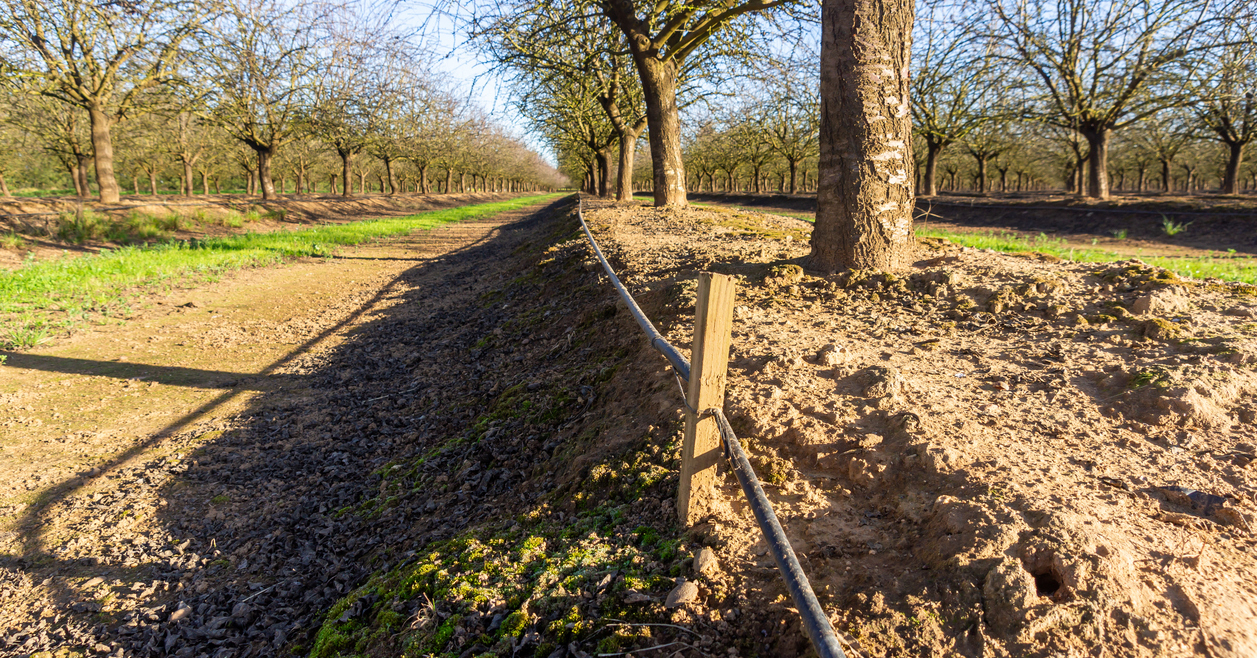Reasons Why Your Trees May Not Be Looking Their Best
Trees are meant to add aesthetic value to your property. When they start to become more of an eyesore than an enhancement, however, it’s time to do some investigating. What could be making your trees look unhealthy? Our certified arborists can provide an accurate diagnosis, but here are some possible causes to consider first.
What Are the Signs of Poor Tree Health?
Leaves are a strong indicator of tree health. If they’re missing or distorted, it can point to a bigger problem. The absence of fruit or flowers is likewise concerning.
Of course, there are obvious signs a tree isn’t faring well. Dropped limbs, noticeable rot, large cracks or splits, and a severe lean are all evidence that a tree probably can’t be salvaged. In these cases, removal is the safest option for your home and property.
There are other ways to determine whether a tree needs help, but you may need to look a little closer. For instance, examine for mushrooms at the base of the tree or growing up its sides at least once a year. Since fungi love decay, this is a telltale sign of rot. Lesions, cankers, and other abnormalities on the bark can also be indicative of problems like pests or disease.
Possible Reasons Your Trees Aren’t Looking So Good
Now that you know what to look for, here are some other possible reasons behind poor tree health.
Pests
Insects like pine borer beetles can wreak havoc on your trees and shrubs. While these particular pests like to feed on trees that produce cones, other pests like Ambrosia Beetles prefer freshly trimmed branches. Wilted or discolored leaves, nests or webs, and the presence of small insects are all signs of an infestation. Since each species calls for a unique approach, you’ll want to call in the experts for pest problems.
Disease
Like humans and animals, your trees can be affected by disease. Viruses, bacteria, and fungi can all enter your tree’s system and cause illness. In addition to the signs described above, some other symptoms of disease include peeling or missing bark and misshapen blooms. One fungus in particular, Armillaria, can kill trees quickly by attacking their roots. It’s drawn to dead trees and stumps, which is why prompt tree and stump removal are vital to keeping your living trees healthy.
Weather Damage
Most trees are resilient enough to withstand major storms. But even the healthiest limbs and trunks may not survive direct lightning strikes. Some such incidents will only leave a scar, but don’t be surprised if your tree shows signs of poor health several months later. Even if there’s little to no visible damage, lightning can fry a tree’s root system, leading to catastrophic damage and eventual decay.
Lightning isn’t Mother Nature’s only weapon: dry spells can leave trees looking lackluster, while extreme droughts and deep freezes can take out saplings and other vulnerable trees. Mulching around your tree’s base is an easy way to protect it by locking in moisture and warmth for protection during seasonal changes.
Stress
We ourselves tend to not look our best when we’re feeling stressed, so we shouldn’t expect anything different from our trees. Factors like improper installation, insufficient watering, and incorrect pruning can all harm trees. They’ll eventually begin to show signs of stress, from slowed or stunted growth to dead leaves and branches.
With so many possible causes for sad trees, the best way to know for sure what’s affecting them is to enlist professional help. Give us a call at 404-252-6448 or contact us by sending us a direct message.










